In Artinis NIRS blog, you will find the latest trends in (f)NIRS, NIRS studies and applications, tutor from the leaders of near infrared spectroscopy, not to mention detailed insights and tips and tricks for your research!
Search blog post topic

Brite News - Significantly decrease your setup time with our new Brite
We are happy to announce the release of our new Brite MKIV! Including novel receiver with increased sensitivity & latest and enhanced software and accessories, setup time can be significantly decreased with the Brite MKIV - in every subject and setting! Read this blogpost to learn more about the new features, novel accessories and latest updates of our Brite MKIV!
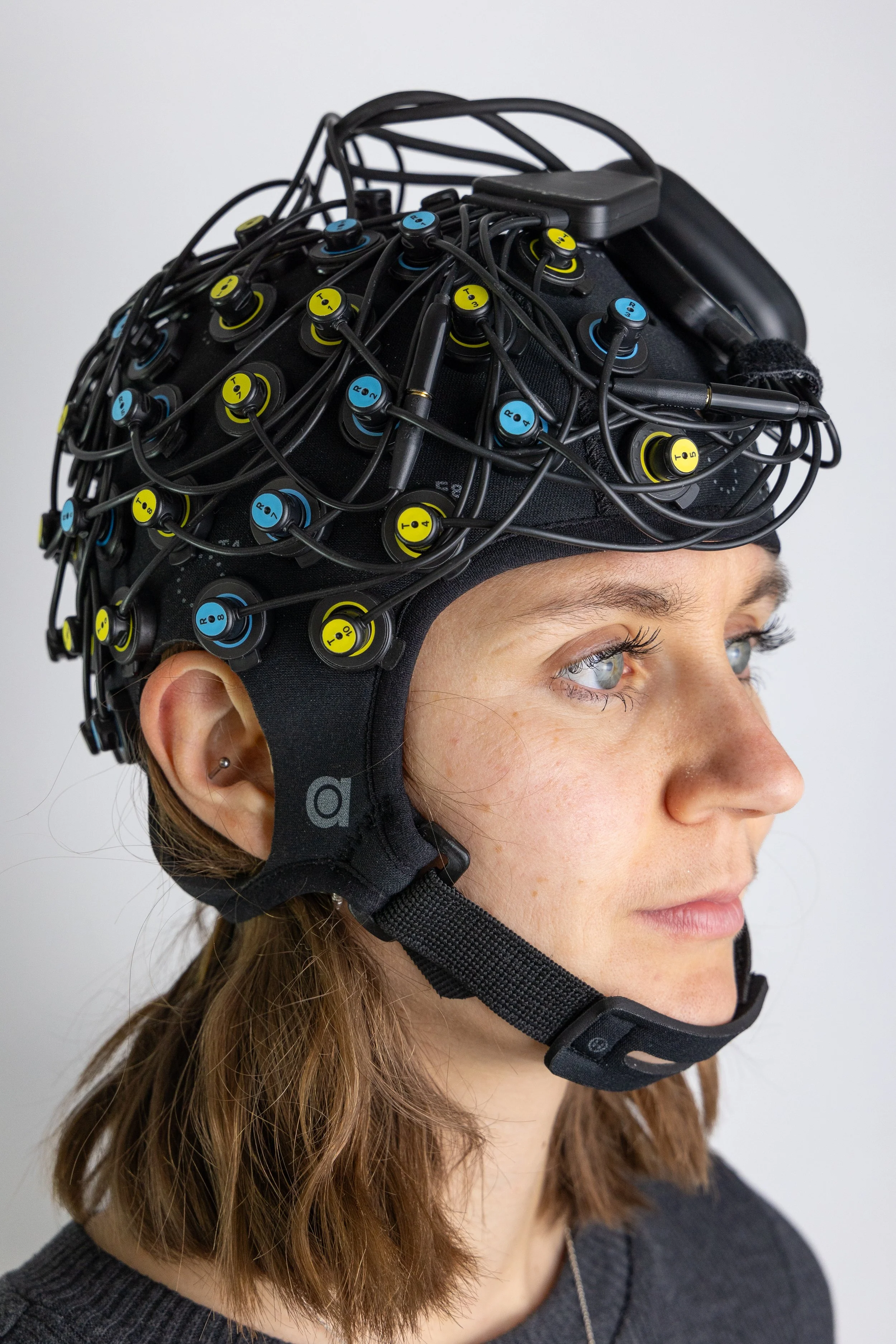
Ensuring good fNIRS data quality - Automatic assessment of signal quality
In fNIRS, achieving high data quality is crucial for reliable results, but can still bear challenges due to hair or skin pigmentation, especially when using fNIRS systems with higher channel number. In this blogpost, we present automated signal quality assessment methods that can serve as an efficient solution to detect good and poor data quality in fNIRS measurements.

Which experimental designs to use in fNIRS — Resting-state design
Resting-state design using fNIRS can give information on neural networks and functional brain architecture, and is often used in developmental and clinical studies. In this blogpost, we discuss the characteristics, advantages, and considerations of resting-state experiments and give recommendations for successful fNIRS resting-state studies.

Our Headcap MKII – Improved design for easy and accurate full-head fNIRS measurements
As headcaps are one of the most important accessories in fNIRS experiments, we design our own caps with maximum comfort, fit and quality in mind. To facilitate performance of full-head fNIRS measurements with our MultiBrite devices, we are happy to introduce our Headcap MKII. Read this blogpost to learn more about features and advantages of our new headcap model.
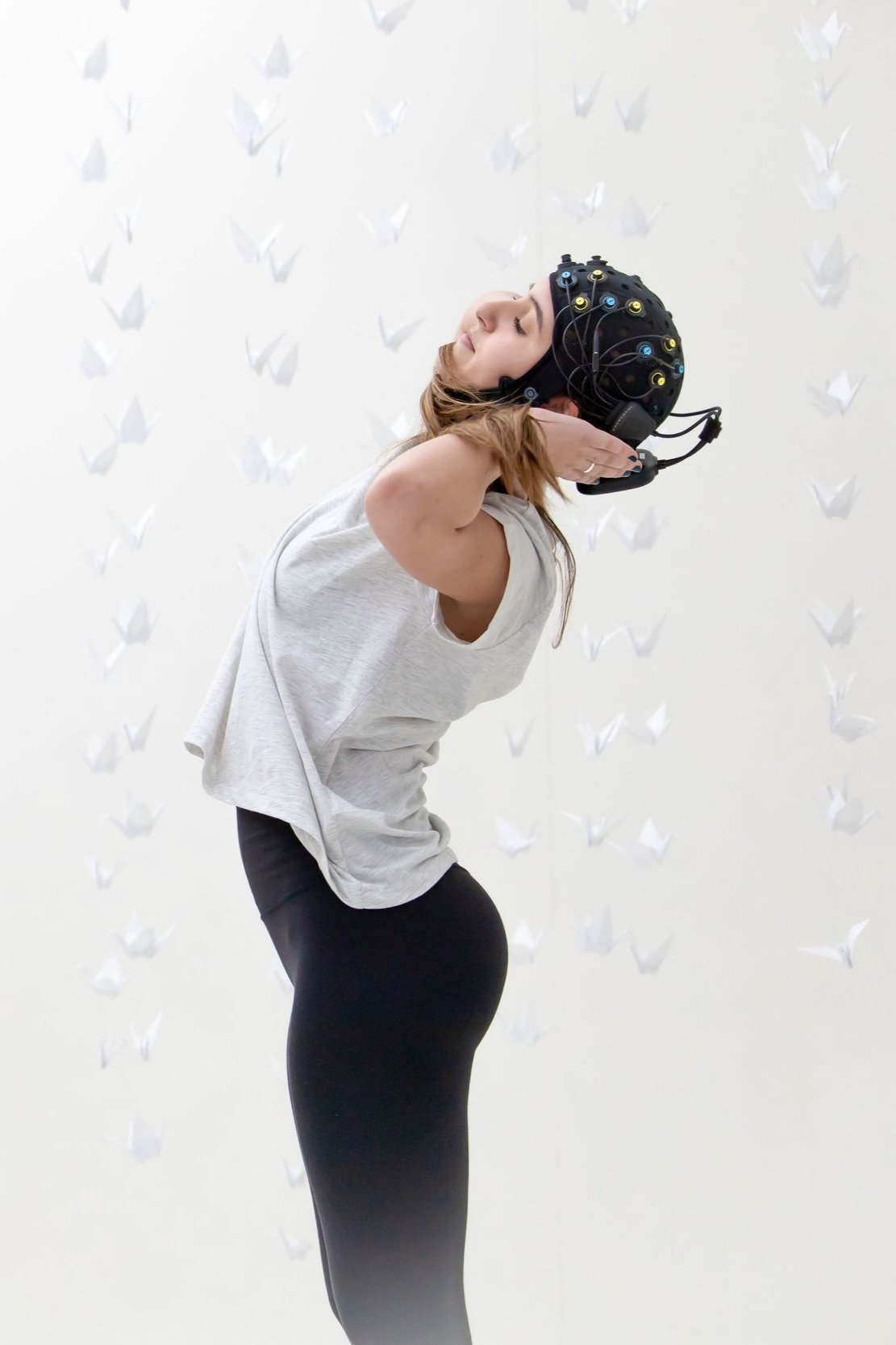
Motion artefacts in (f)NIRS — How to best detect them
Although fNIRS is relatively insensitive for motion artefacts, they cannot be completely prevented. Fortunately, there are various ways to detect motion artefacts. In this second part of our blogpost series on motion artefacts, we explain different methods of detections and elaborate on their advantages and disadvantages.
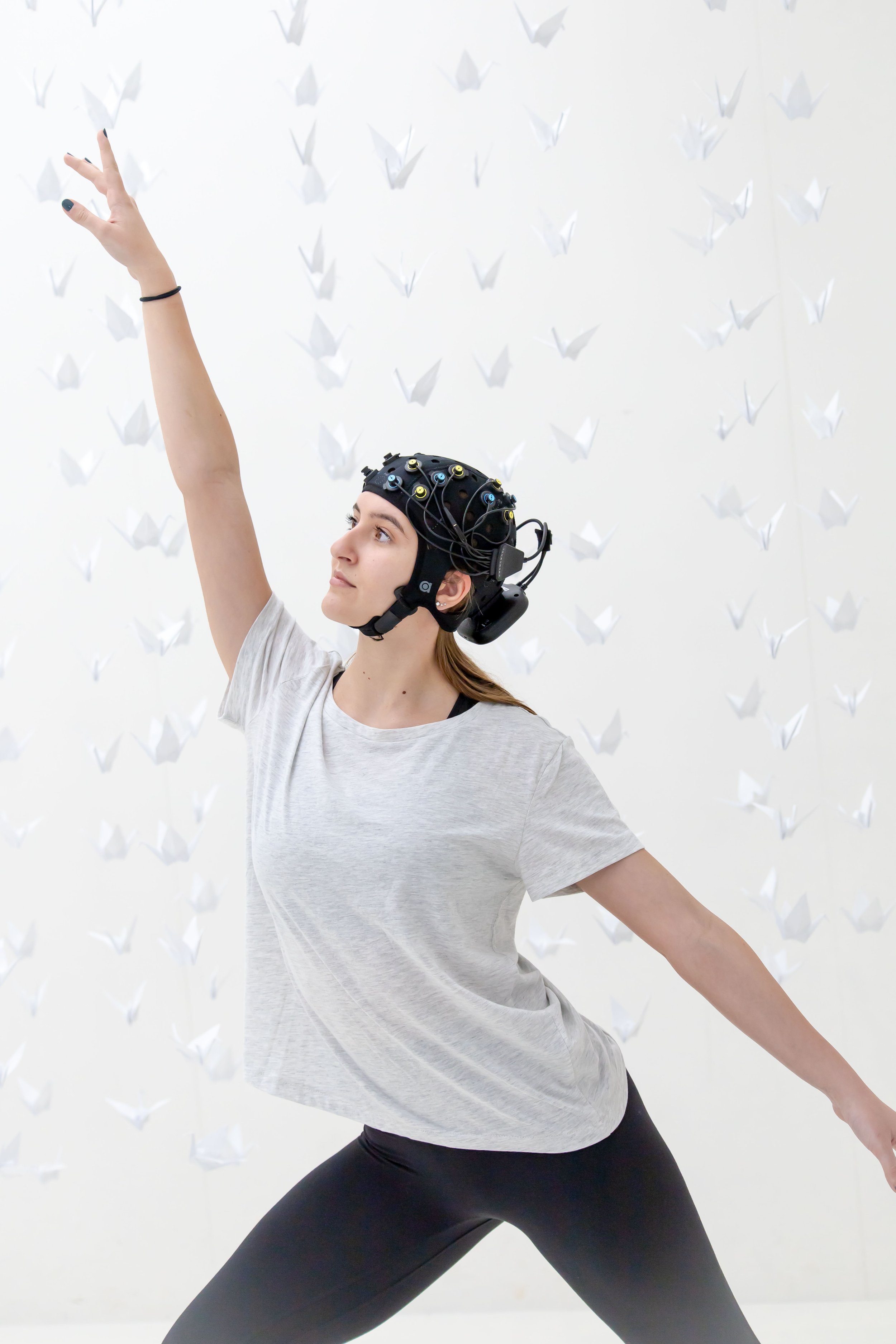
Motion artefacts in (f)NIRS — Not a problem, but not to be overlooked
Due to its portability and ease of use, fNIRS is applied in a variety of research fields, especially in study designs involving movement. Although fNIRS is relatively insensitive to motion artefacts, they still can occur and might influence signal quality. In this first part of our blogpost series on motion artefacts in NIRS, we explain what movement artefacts are and how they can be recognized.
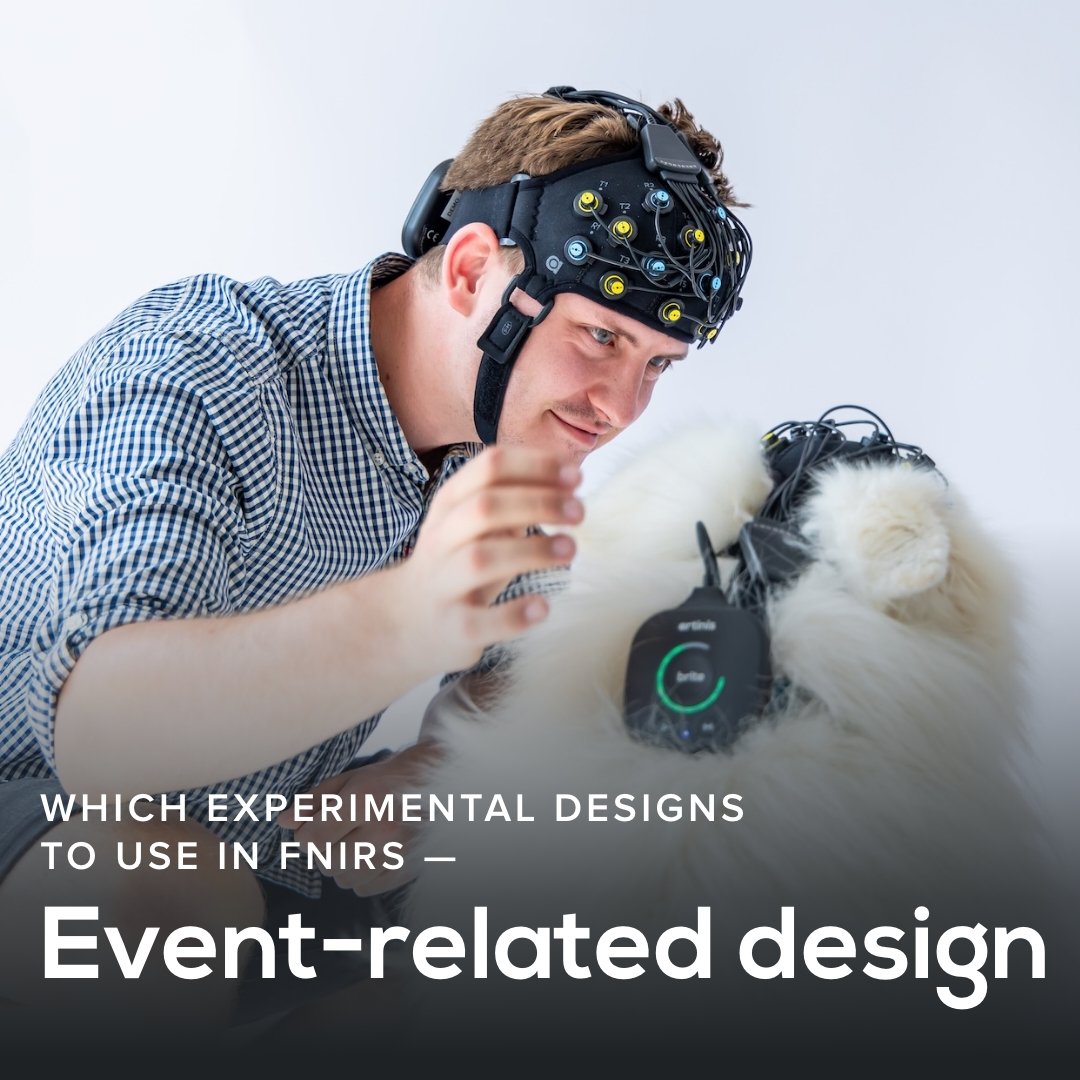
Which experimental designs to use in fNIRS — Event-related design
Event-related study design is frequently used in fNIRS experiments, especially in naturalistic settings or multimodality setups. In this blogpost, we explain what event-related study design is, and dive into its advantages and considerations, as well as recommendations on how to best set up an event-related fNIRS study.
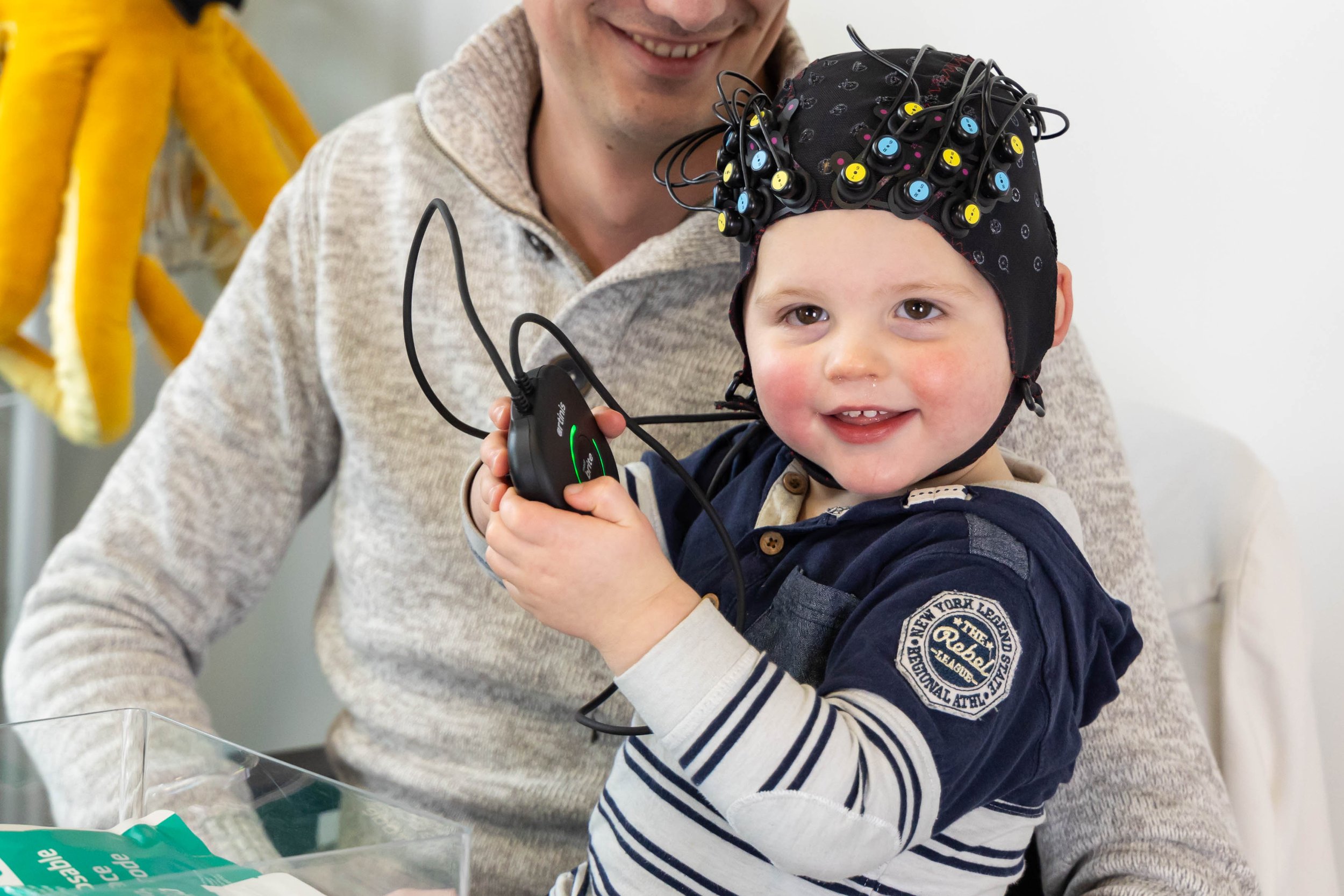
Comparison of fNIRS with other neuroimaging modalities – fNIRS vs. fMRI
fMRI is widely used and seen as the gold standard in non-invasive in-vivo brain imaging. However, due to its technology, it is comes with certain limitations in participant groups and experiments. fNIRS is portable, easy to use and can be applied in subjects of all ages. Hence, it can provide a valid alternative to fMRI in many applications. In this blogpost we discuss advantages that fNIRS has over fMRI, considerations that should be kept in mind and we highlight literature using fNIRS and fMRI to compare, or get complementary information.
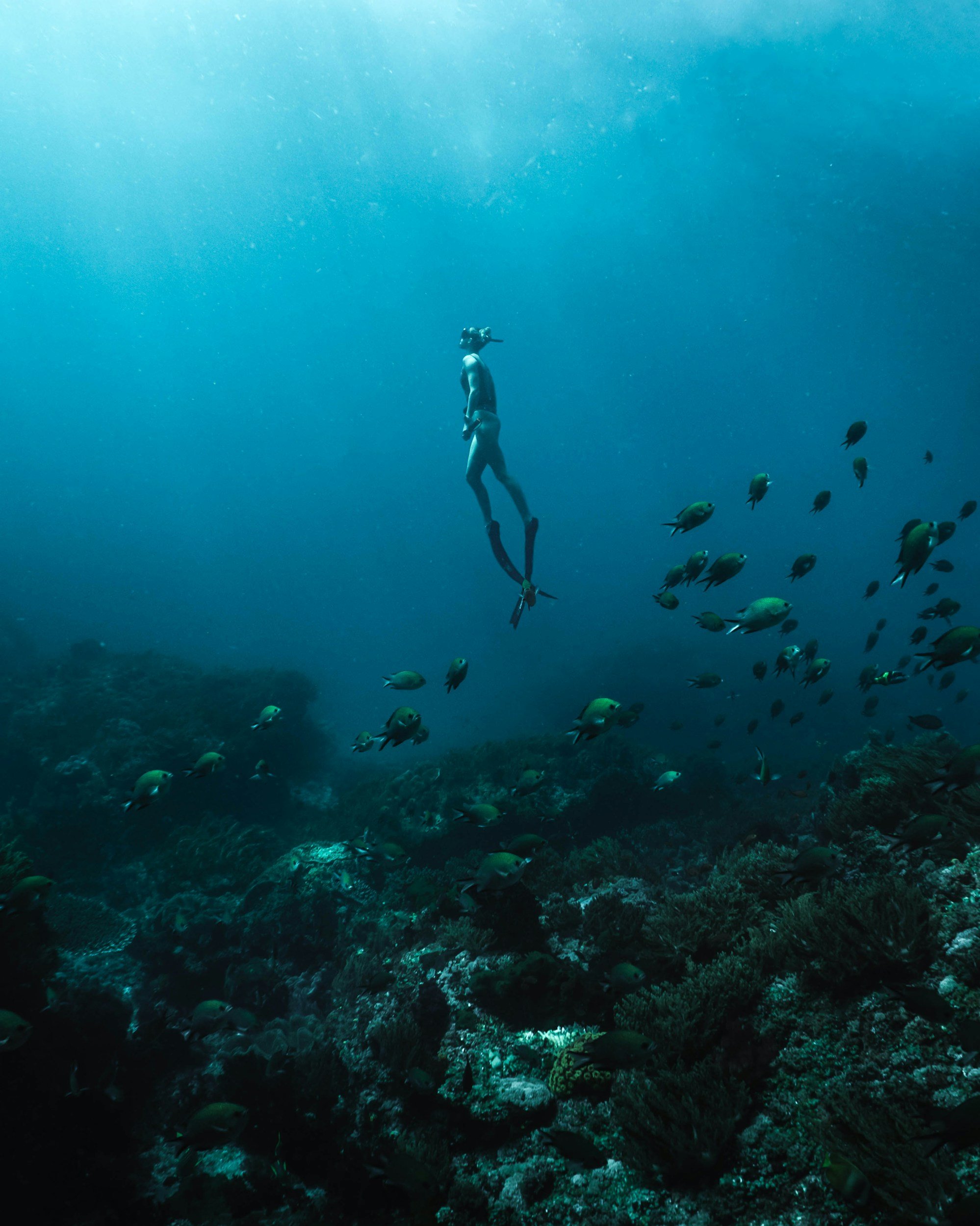
Using a customized Brite during diving - a blogpost interview with Triton Systems, Inc.
As it is portable, customizable and easy to use, fNIRS can be applied to measure brain activity in various and unusual applications. In this blogpost, we interview Triton Systems, Inc., who modified the Brite to make it waterproof and use it to get insights on brain oxygenation during deep water diving. They explain challenges they faced during modification, and give insights into first results of applying fNIRS during diving.
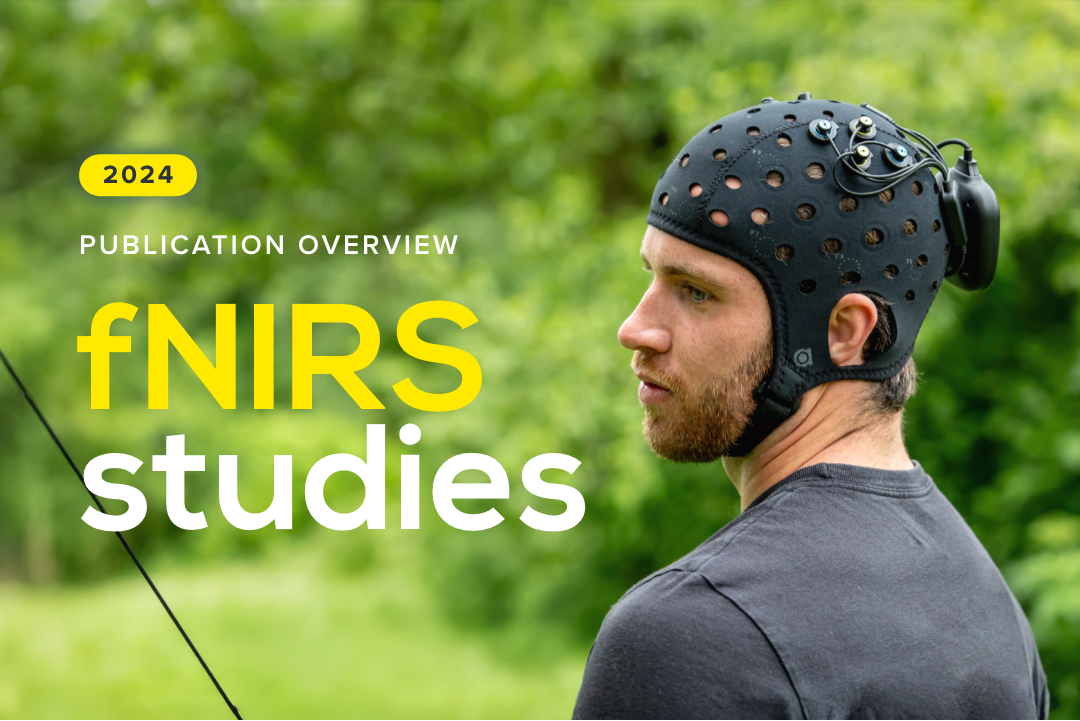
Publication overview 2024 - fNIRS studies with our devices
In 2024, an increasing number of relevant literature measuring brain activity with our fNIRS devices have been published. In this blogpost, we discuss application fields and purposes of using fNIRS to measure in the brain, and highlight exciting studies published in the last year with Artinis devices per category. Further, we show recent publications using our devices in naturalistic settings outside of the lab.
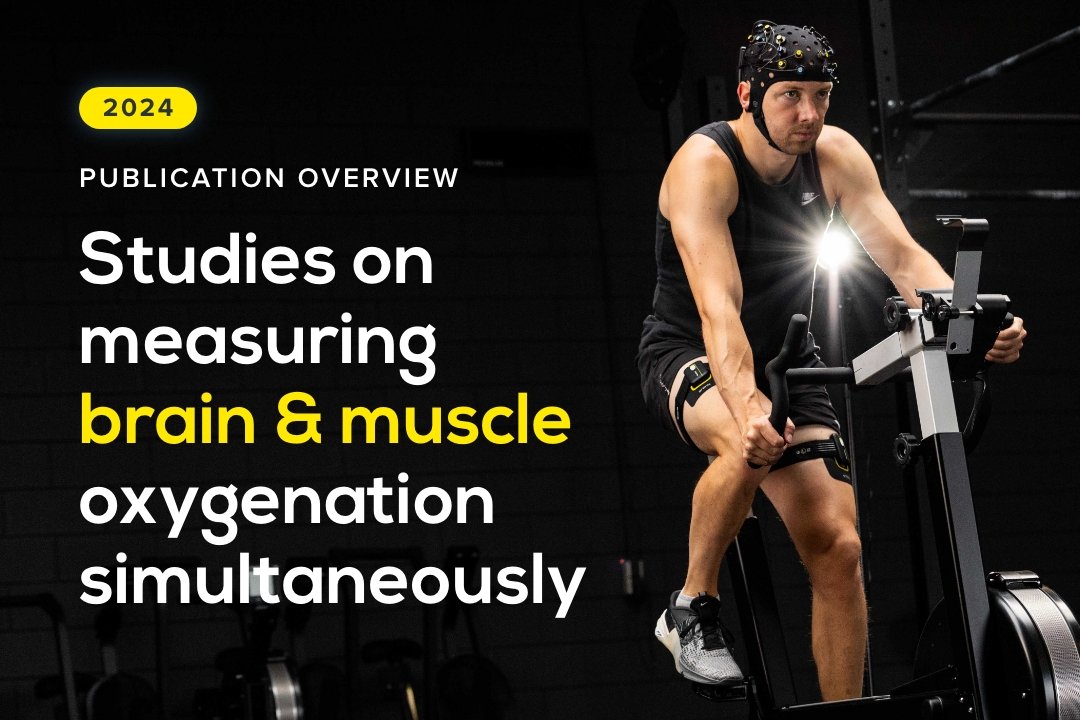
Publication overview 2024 - Studies measuring brain and muscle oxygenation simultaneously using our devices
NIRS can be used to measure brain and muscle oxygenation at the same time to get a complete picture on oxygen status in the body. We are happy that in 2024 an increased number of studies using NIRS on brain and muscle simultaneously in various application fields was released. Read this blogpost to learn more about application areas of NIRS to assess cerebral and muscular oxygenation, and highlighted publications of last year per category.

Using fNIRS to explore neurocognitive aging: An interview with Dr. Claudia Gonzalez
Neurocognitive aging explores how aging affects cognitive functions like memory, attention, and problem-solving, which vary widely across individuals. Dr. Claudia Gonzalez, PI of the ABC Lab, leads research focused on understanding the neural and cognitive changes in aging adults. In this interview, Dr. Gonzalez shares her insights and discusses how fNIRS plays a role in advancing our understanding of how aging influences brain function and behavior.
